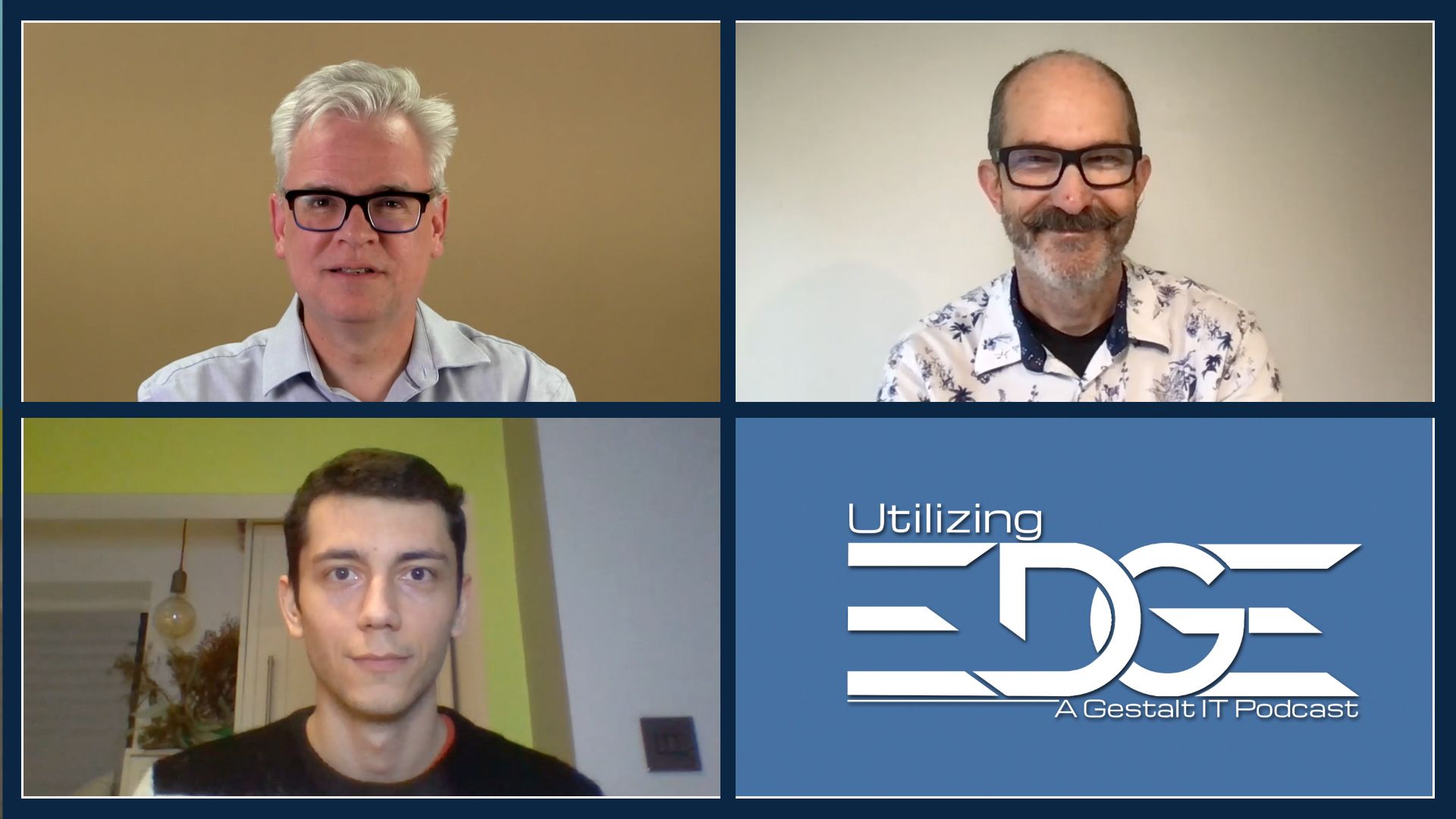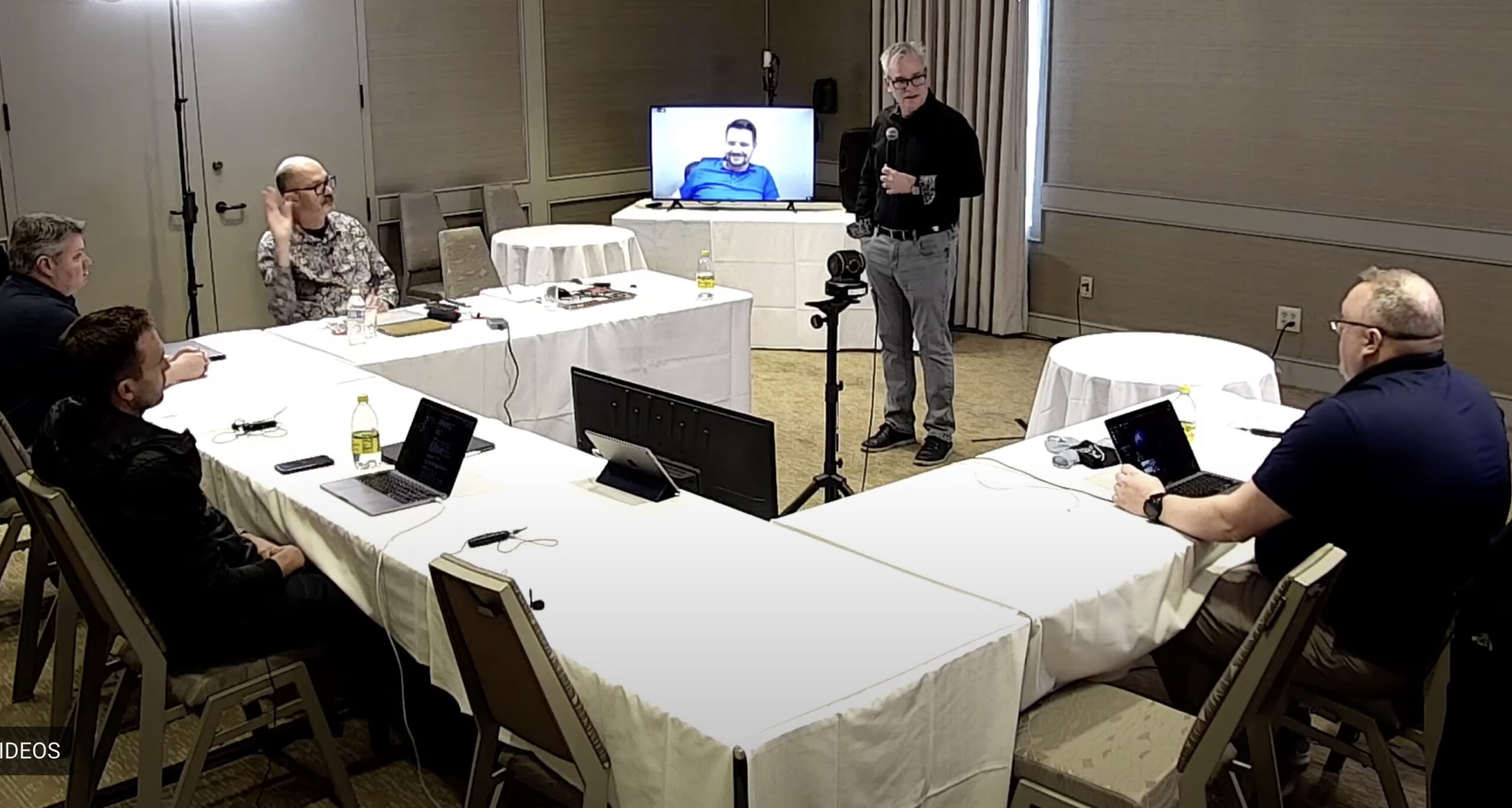Edge computing comes in many forms and brings many challenges, including bandwidth limitations, network reliability issues, and limited space. This episode of Utilizing Edge brings Brian Chambers, Alastair Cooke, and Stephen Foskett together to discuss the state of the edge in 2023. Industries like retail, multi-tenant environments, and industrial IoT find practical applications, but defining the edge remains an ongoing exploration. Implementation varies, from repurposing existing technologies to adopting modern approaches like containers and function as a service. The debate between virtual machines and containers continues, driven by organizational comfort. Despite constraints, edge environments offer greater control and accountability. The future promises more innovation and adoption, cementing edge computing’s significance in the tech landscape.
Considering the Diversity of Edge Solutions
The edge computing paradigm presents a unique set of challenges and constraints that organizations must navigate. Bandwidth limitations, network reliability issues, limited physical space, and environmental challenges are some of the key obstacles faced in edge environments. Despite these constraints, many organizations recognize that they must build edge solutions to cater to specific use cases and business needs.
One of the fascinating aspects of the edge is its diversity in use cases. Industries like retail, restaurant, and industrial IoT are just a few examples where edge computing finds practical applications. However, there is no universally agreed-upon definition of the edge, and this has been a central question explored throughout this season of Utilizing Tech. Different organizations and experts have varying interpretations of what constitutes the edge, and this diversity adds to the complexity of the topic.
The implementation of edge solutions varies depending on the organization’s requirements and resources. Some edge deployments involve repurposing existing technologies, such as old Windows machines, while others opt for modern approaches like containers and functions as a service. The latter options offer more agility and scalability but come with increased overhead and management complexity.
Emerging trends in the edge space involve moving compute, business logic, and data storage closer to end-users using solutions like Cloudflare Workers and CDN POPs. Many organizations leverage major cloud providers or established platforms to facilitate this proximity to users.
Throughout the discussions, networking and edge network applications have been central topics. The distinction between the “far edge” and the “near edge” is important, with the latter often being favored due to better connectivity and fewer constraints.
The debate between an adaptive approach, employing virtual machines, and starting from scratch with containers and functions was also explored. Virtual machines are seen as a legacy approach, but their continued use is justified by existing investments and familiarity within organizations. “Green field” projects, on the other hand, are more likely to adopt containers and modern approaches.
The organizational comfort with existing technologies significantly influences decision-making in edge deployments. As a result, hybrid approaches that combine virtual machines and containers are common, enabling organizations to leverage both paradigms.
The tipping point for widespread container adoption at the edge may be when off-the-shelf solutions assume containers as the standard unit of entry. Some vendors already offer container-based solutions for edge deployments, but legacy systems still prevail in many organizations.
One standout characteristic of edge environments is their inherent control and governance. Unlike data center or cloud environments, edge environments are driven by business needs and demands, leading to greater accountability and precise management.
The decision by Intel to step out of the NUC market raised some concerns, but the hope is that other vendors will fill the void with similar designs and continuity of support. The NUC’s popularity can be attributed to its small form factor, low power consumption, and strong long-term support, making it ideal for various applications, from hobbyist to edge to industrial use.
In conclusion, the edge computing landscape presents a dynamic and evolving ecosystem with diverse use cases and challenges. Organizations must carefully weigh their options and tailor edge solutions to suit their specific business needs. Despite the constraints, the value of edge computing cannot be underestimated, and as technology advances, we can expect to witness even more innovation and adoption in this domain.
Podcast Information
- Stephen Foskett, Publisher of Gestalt IT and Organizer of Tech Field Day. Find Stephen’s writing at GestaltIT.com and on Twitter at @SFoskett.
- Alastair Cooke, independent analyst and consultant working with virtualization and data center technologies. Connect with Alastair on LinkedIn and Twitter. Read his articles on his website.
- Brian Chambers, Technologist and Chief Architect at Chick-fil-A. Connect with Brian on LinkedIn and Twitter. Read his blog on Substack.
For your weekly dose of Utilizing Edge, subscribe to our podcast on your favorite podcast app through Anchor FM and check out more Utilizing Tech podcast episodes on the dedicated website, https://utilizingtech.com/.




